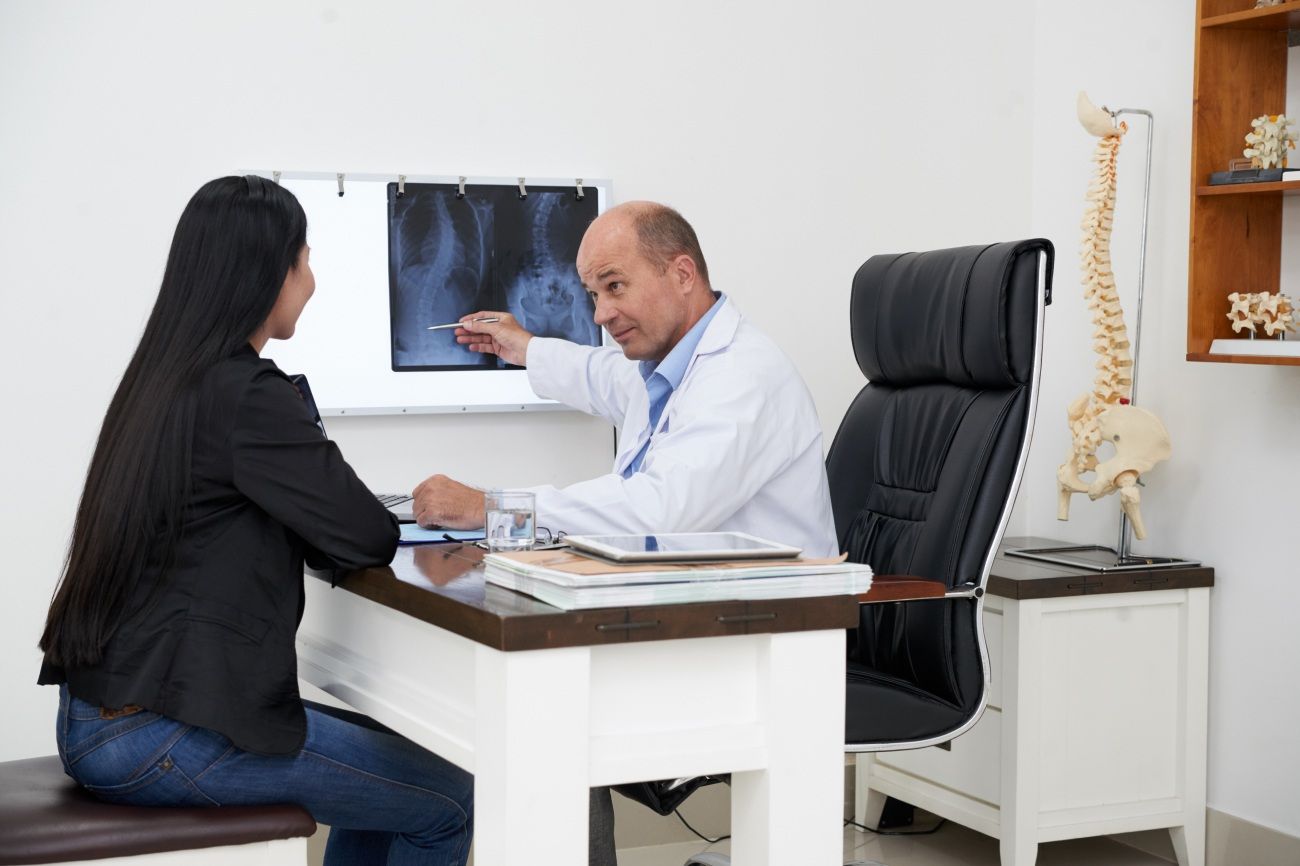Osteoporosis: Signs & Treatment Options for Stronger Bones

Osteoporosis is often referred to as a “silent disease” because many people don’t know they have it until they experience a fracture. It is a condition that weakens bones, making them more fragile and prone to breaking. As we age, our bones naturally become weaker, but this process happens much faster for people with osteoporosis.
In this blog, we will uncover the signs of this disease and explore the treatments associated with it for stronger and healthier bones.
5 Signs of Osteoporosis
Here are 5 key signs that may indicate osteoporosis:
-
Height loss
Height reduction over time can be a subtle sign of osteoporosis. For those who notice a decrease in height, it might be due to a compression fracture in the spine, which shortens the stature as the bones weaken.
-
Back pain
Back pain, especially when persistent, can indicate a vertebral fracture due to osteoporosis. These fractures can result in significant discomfort, so do not overlook them.
-
Stooped posture
A noticeable change in posture, like stooping, often signals spinal fractures. This hunched appearance results from weakened vertebrae and can impact daily activities.
-
Bone fractures
Fractures from minor falls or even sneezing can indicate weakened bones. Wrists, hips, and spine are common fracture sites in those with osteoporosis, highlighting the need for bone strength assessments.
-
Shortness of breath
Compressed vertebrae can lead to reduced lung capacity, causing breathing difficulties. This is a less obvious sign but is still associated with osteoporosis's impact on the spine.
5 Treatments for Osteoporosis
Discover effective ways to manage and treat osteoporosis with the following treatment options:
-
Regular exercise
Weight-bearing exercises like walking and strength training help maintain bone density. Consistent physical activity strengthens muscles and bones, reducing the risk of fractures.
-
Calcium and Vitamin D supplements
Adequate calcium and vitamin D intake are essential for bone health. These nutrients support bone maintenance and density, lowering fracture risk.
-
Medications
Bisphosphonates are common prescriptions for osteoporosis. They help prevent bone loss and increase bone density, effectively reducing fracture risk.
-
Hormone therapy
Hormone-related treatments, like estrogen replacement, can be beneficial, especially for women post-menopause. They address hormonal imbalances that contribute to bone loss.
-
Lifestyle modifications
Quitting smoking, reducing alcohol consumption, and maintaining a healthy weight are crucial. These lifestyle changes significantly impact bone health and overall well-being.
By learning about the signs and treatments of osteoporosis, you’re taking a crucial step toward protecting your bone health. A range of options are available to manage this condition, and with the right support and strategies, you can keep your bones strong and resilient. So, let’s work together to spread awareness and encourage proactive health choices for a stronger, healthier future!
